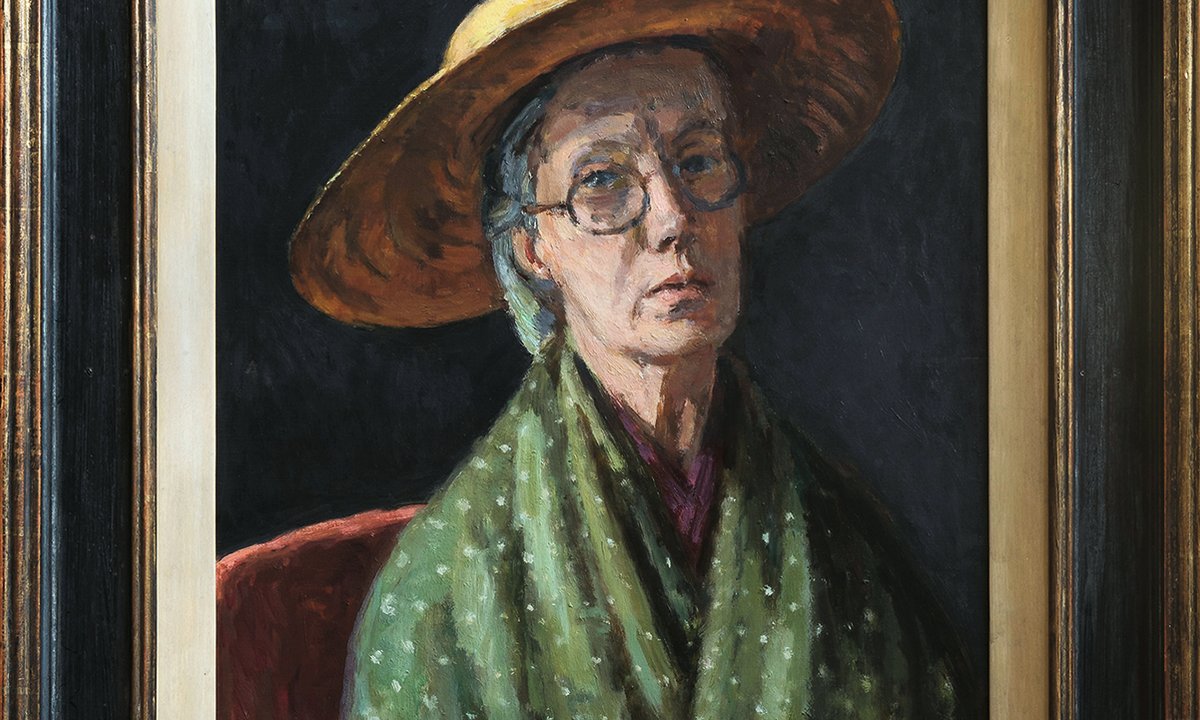
"There is an inherent tension present from the opening pages of Wendy Hitchmough's new biography, Vanessa Bell: The Life and Art of a Bloomsbury Radical. As Hitchmough explains, Bell (1879-1961) was doing dynamic work as both an artist and a designer in the first half of the 20th century, an era when women making inroads into either world was rare."
"Hitchmough describes how Bell "subverted and exploited" societal expectations of women of the time, on occasions to bolster her own profile. But there was an alarming counterweight to those efforts: Hitchmough describes Bell as using two distinct approaches to outmanoeuvre the sexism, "collaboration" and "anonymity". It is from here that the tensions in writing about Bell's life and work come into focus. As the author notes early in the book, Bell's 1913 painting Dancing Couple was only attributed to her in 1999."
"Similarly, the "life" and "art" of the book's subtitle exist in a state of tension. In her introduction, Hitchmough asserts that Bell "was central to the evolution of 20th-century visual culture". It is a compelling and persuasive argument-and Hitchmough, who spent 12 years as the curator of Charleston, the Sussex farmhouse formerly owned by Bell and fellow Bloomsbury Group artist Duncan Grant, knows this milieu in precise detail."
Vanessa Bell (1879–1961) worked dynamically as both an artist and a designer in the early 20th century, a period when women rarely penetrated either field. She subverted and exploited societal expectations to bolster her profile while strategically using collaboration and anonymity to navigate sexism. Those strategies complicated attribution and recognition, as exemplified by Dancing Couple (1913), which was only attributed to her in 1999. Bell's personal relationships and professional partnerships often overlapped, including a March 1914 Paris moment involving Molly MacCarthy, Clive Bell, and Roger Fry. Her career reveals persistent tensions between life and art.
Read at The Art Newspaper - International art news and events
Unable to calculate read time
Collection
[
|
...
]